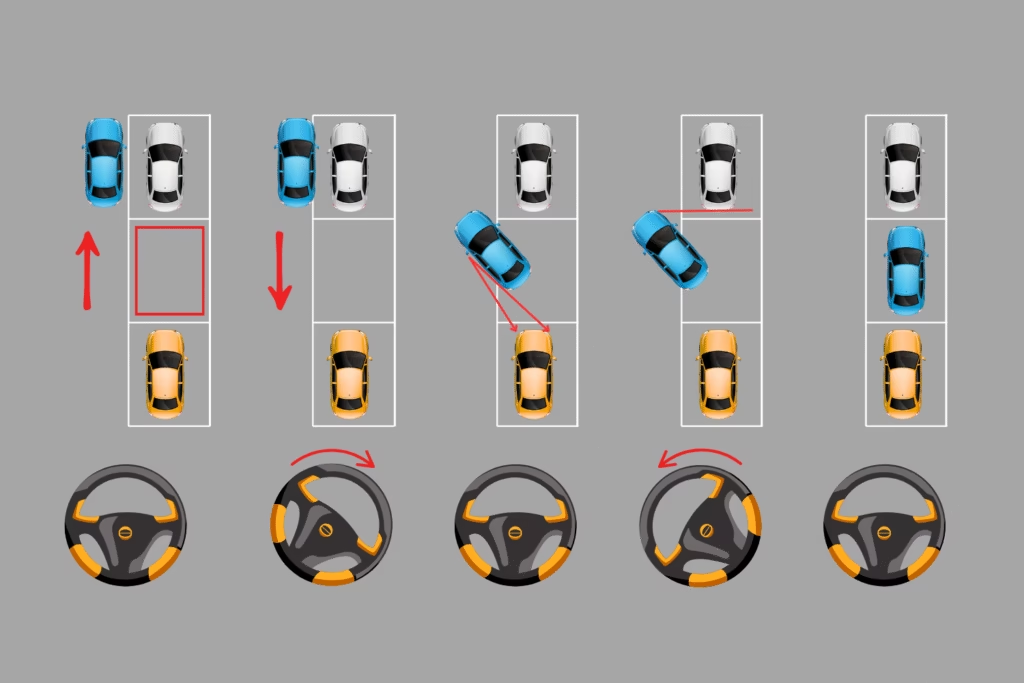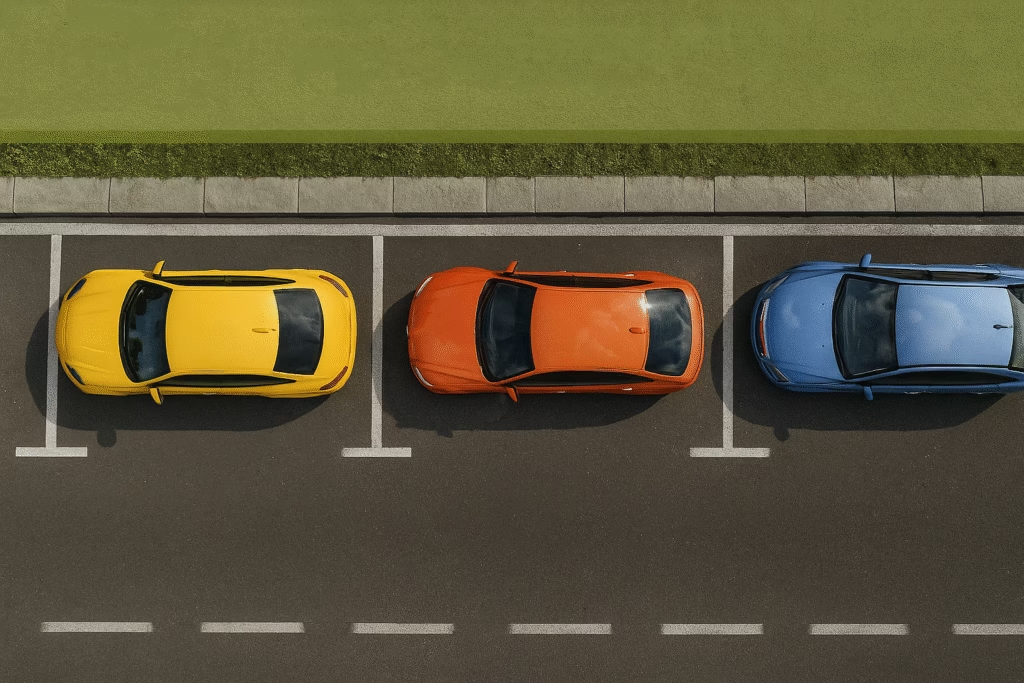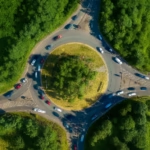Parallel parking is one of the trickiest maneuvers for new drivers. In fact, many people find it more stressful than driving on a highway. But here’s the good news once you understand the steps and practice them a few times, parallel parking becomes second nature.
Why Learn Parallel Parking?
Real-life necessity: Not every parking lot has wide spaces. In cities, most spots are parallel.
Driving tests: Many countries include parallel parking in the road test.
Safety: Doing it wrong can damage your car or others around you.
Confidence: Once you master it, you’ll feel more comfortable driving anywhere.
Step-by-Step Guide to Parallel Parking
Here are the seven simple steps to park smoothly between two cars

1. Find a Good Spot
Look for a parking space at least one and a half times the length of your car. Make sure the space is legal and safe (no fire hydrants, no-parking zones, or driveways).
2. Pull Up Beside the Car in Front
Stop your car parallel to the vehicle in front of the empty space. Keep about 2–3 feet of space between your car and theirs. Your rear bumpers should line up.
3. Start Reversing Slowly
Shift into reverse and turn your steering wheel sharply toward the curb. Move back slowly. Keep checking your mirrors and surroundings.
4. Straighten the Wheels
As soon as both headlights of the car behind are visible in your side mirror, straighten your steering wheel. Continue reversing straight back.
5. Reverse Until You Lined With the Car in Front
This is the “pivot point.” Once your car’s front bumper lines up with the rear bumper of the car in front, you’re ready for the next move.
6. Turn the Wheel Away From the Curb
Now, turn your steering wheel sharply away from the curb and continue reversing. Your car will angle neatly into the space.
7. Move Slightly Forward
Once your car is inside the space, make small adjustments by moving forward or backward. The goal is to be parallel to the curb and have an equal gap at the front and back.
Common Mistakes to Avoid
Parking too close to the car in front before starting.
Forgetting to check blind spots and mirrors.
Reversing too quickly.
Not turning the wheel enough.
Stopping too far from the curb (should be about 6–12 inches away).
Parallel parking may seem scary at first, but it’s really just about timing, patience, and practice. Once you know the steps — find a good spot, line up correctly, turn the wheel at the right moments, and adjust.
Remember:
Go slow
Stay calm
Practice often
The more you practice, the more natural it will feel. Soon, you’ll be sliding into tight spaces without breaking a sweat. 🚗💨
FAQ
You should look for a space at least one and a half times the length of your car for safe and easy parking.
Your car should be about 6–12 inches from the curb once parked. Too far looks sloppy, and too close can damage your wheels.
Yes, in many countries and states. Examiners check it to ensure you can control your car in tight spaces safely.
Stay calm and focus on safety. Signal clearly and don’t rush the maneuver just because someone is waiting.
Yes! They are helpful, but don’t rely on them alone. Always check your mirrors and blind spots manually.
This usually happens if you don’t turn your wheel enough in the early steps or straighten too late. Try adjusting your timing during practice.
Discover more from SMOOTHSTEERING
Subscribe to get the latest posts sent to your email.



